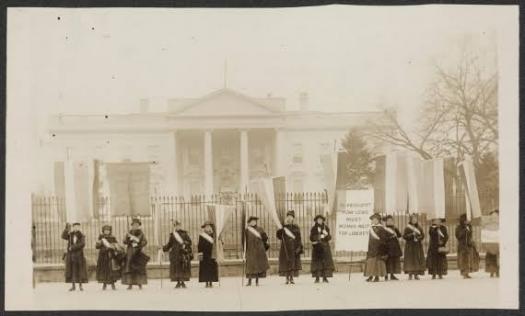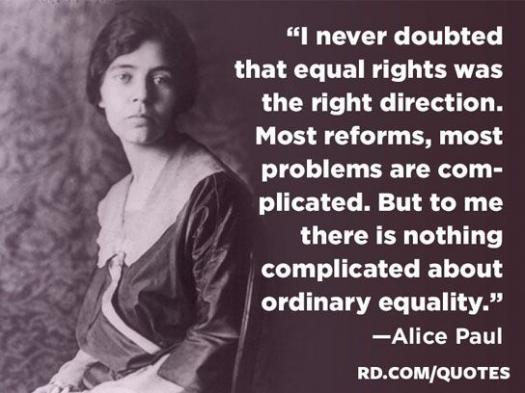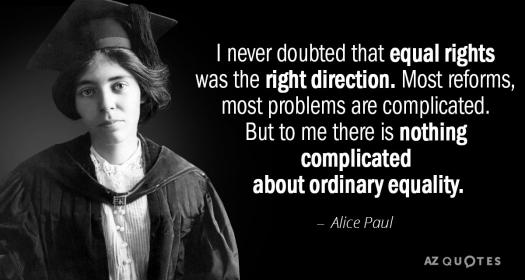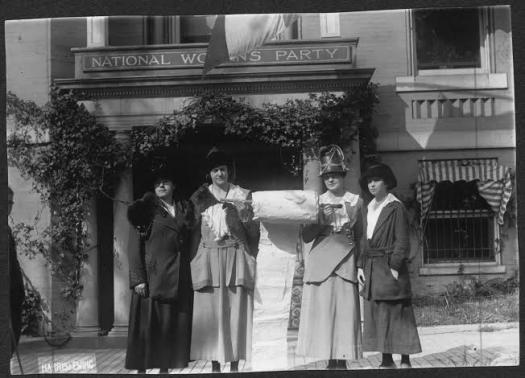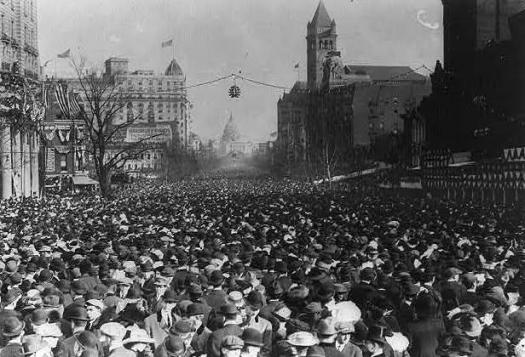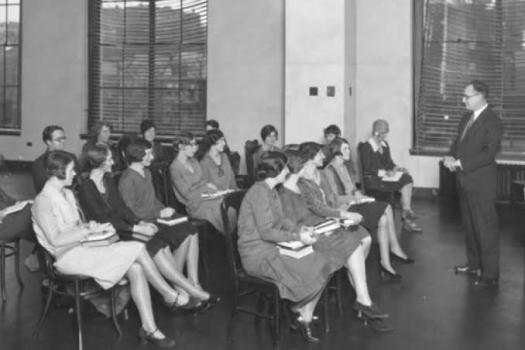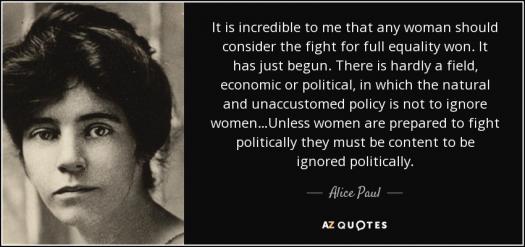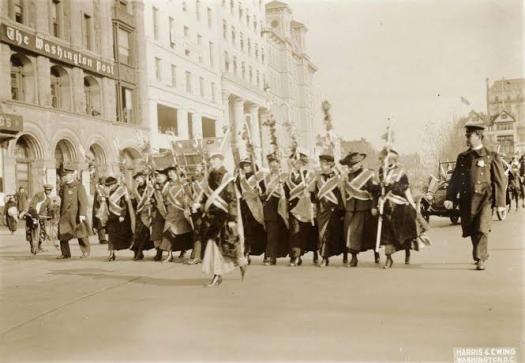How Well Do You Know About Alice Paul? Trivia Facts Quiz
-
How many times was she imprisoned?
-
9
-
3
-
4
-
5
-
Alice Strokes Paul was born into a family of four and is the eldest child of William Mickle Paul and Tacie Parry. She was an American feminist, Socialist, Women's rights activist, Suffragist, and she is also one of the main leaders and strategists of the Campaign for the Nineteenth Amendment to the U. S Constitution. This quiz will test your knowledge of what you know about Alice Paul.

Quiz Preview
- 2.
When did she purposefully strive to receive 7-month jail sentence?
-
October 20, 1917
-
October 21, 1917
-
December 22, 1917
-
December 21,1917
Correct Answer
A. October 20, 1917 -
- 3.
Who was the largest donor to Paul's efforts?
-
Alva Belmont
-
The President
-
Susan B. Anthony
-
Elizabeth Candy Stanton
Correct Answer
A. Alva BelmontExplanation
Alva Belmont was the largest donor to Paul's efforts. This means that she contributed the most amount of money or resources towards Paul's cause.Rate this question:
-
- 4.
When was she asked to speak at NAWSA's Annual Convention?
-
April 1910
-
March 1910
-
June 1910
-
May 1910
Correct Answer
A. April 1910Explanation
In April 1910, she was asked to speak at NAWSA's Annual Convention.Rate this question:
-
- 5.
When was the equal Nationality Act passed?
-
1930
-
1934
-
1935
-
1936
Correct Answer
A. 1934Explanation
The correct answer is 1934. The Equal Nationality Act was passed in 1934.Rate this question:
-
- 6.
When did she Camp out the roof of a hall before a political meeting?
-
August 1910
-
August 1909
-
August 1911
-
August 1908
Correct Answer
A. August 1909Explanation
The correct answer is August 1909 because it is the only option that matches the given information that she camped out the roof of a hall before a political meeting. The other options are not consistent with the given information.Rate this question:
-
- 7.
When did she return to the United States after the ordeal of her final London imprisonment?
-
January 1910
-
April 1910
-
May 1910
-
June 1910
Correct Answer
A. January 1910Explanation
The correct answer is January 1910. This can be inferred from the question which states that she returned to the United States after her final London imprisonment. Since the question does not mention any specific month or date, we can assume that the answer is the earliest option provided, which is January 1910.Rate this question:
-
- 8.
When was picketing legalized?
-
1900
-
1913
-
1912
-
1914
Correct Answer
A. 1900Explanation
Picketing was legalized in 1900. This means that before this year, picketing was not recognized as a legal form of protest or demonstration. The legalization of picketing allowed individuals or groups to engage in this activity without fear of legal repercussions. It is important to note that picketing is a method of protest where individuals gather outside a building or organization to express their grievances or demands.Rate this question:
-
- 9.
When was the amendment renamed to Alice Paul Amendment?
-
1940
-
1941
-
1942
-
1943
Correct Answer
A. 1943Explanation
In 1943, the amendment was renamed to Alice Paul Amendment.Rate this question:
-
- 10.
When was her father born?
-
1800
-
1890
-
1843
-
1850
Correct Answer
A. 1850 -
Quiz Review Timeline (Updated): Mar 18, 2023 +
Our quizzes are rigorously reviewed, monitored and continuously updated by our expert board to maintain accuracy, relevance, and timeliness.
-
Current Version
-
Mar 18, 2023Quiz Edited by
ProProfs Editorial Team -
Nov 14, 2019Quiz Created by
AdewumiKoju
Early Life And Career Of Alice Paul! Trivia Questions Quiz
Alice Paul was a suffragist and feminist. She became head of the National American Woman Suffrage Association's congressional committee, and she was also jailed three times...
Questions:
10 |
Attempts:
132 |
Last updated:
Mar 20, 2023
|
How Much Do You Know About Alice Paul? Trivia Facts Quiz
Alice Paul is an American citizen, suffragist, feminist, and women's rights activist. She was born on January 11, 1880s mount Laurel, New Jersey. Paul then earned a master of...
Questions:
10 |
Attempts:
128 |
Last updated:
Mar 21, 2023
|
What Do You Know About Suffragist And Feminist Alice Paul? Trivia Quiz
Alice Paul was a feminist and women's rights activist. She was one of the leaders in the National Woman's Party. Alice Paul spent almost 50 years as leader of the National...
Questions:
10 |
Attempts:
124 |
Last updated:
Mar 21, 2023
|
Alice Paul Life Achievement And Childhood! Trivia Questions Quiz
Alice Paul first learned about women's Suffrage form her mother, a member of the National American Woman Suffrage Association( NAWSA). She sometimes joins her mother in...
Questions:
10 |
Attempts:
130 |
Last updated:
Mar 19, 2023
|
Alice Paul: Trivia Questions On Personal Life And Death!
Alice Strokes Paul was born on January 11, 1885, and died at age 92 on July 9, 1977, at Green leaf Extension Home, a facility in Moorestown, New Jersey, very close to her...
Questions:
10 |
Attempts:
134 |
Last updated:
Mar 19, 2023
|
Biography Quiz On Activist Alice Paul! Trivia Questions
Alice Strokes Paul was born on January 11, 1885 - July 9, 1977. She was an American feminist, Socialist, Women's rights activist, and suffragist. She was born by William...
Questions:
10 |
Attempts:
127 |
Last updated:
Mar 19, 2023
|
 Back to top
Back to top



